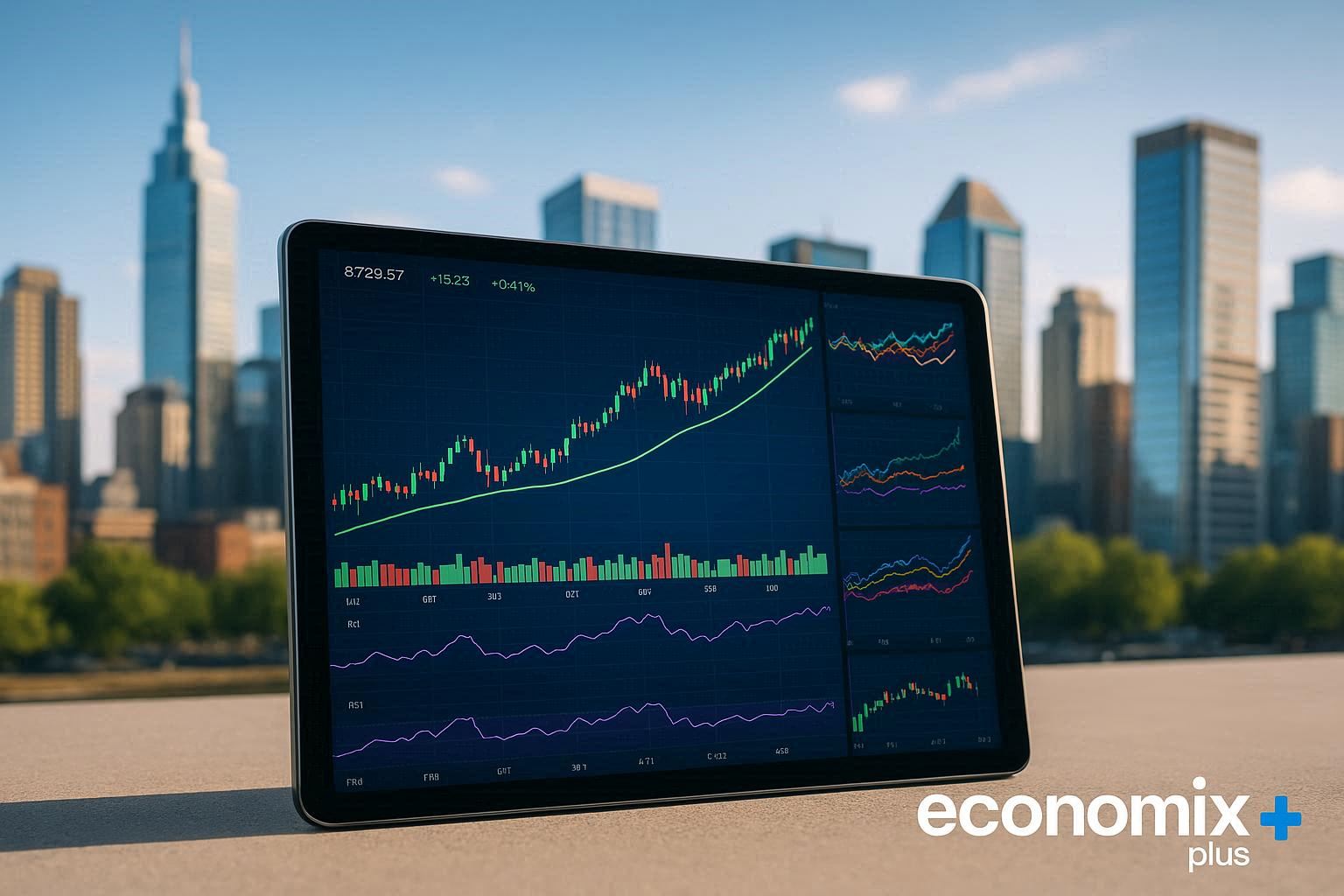The cryptocurrency market dazzles with rapid gains but hides a harsh truth: many investors watch their funds vanish overnight. Volatility isn’t just a buzzword here—it’s a reality reshaping portfolios. Take the 2022 FTX collapse, which erased billions in value, or LendingTree’s survey showing 38% of crypto traders regretted their decisions after steep losses. How do seemingly savvy investors end up with nothing?
This article dissects the pitfalls of crypto trading, from emotional decisions to misunderstood risks. Unlike traditional stocks or bonds, cryptocurrency lacks safeguards like FDIC insurance. Market swings of 20% in a single day aren’t uncommon, and FOMO-driven choices often override logic. Stories of “stable” coins crashing or exchanges freezing accounts reveal systemic vulnerabilities.
Recent data highlights patterns: traders chasing hype, ignoring diversification, or misunderstanding blockchain fundamentals. While this analysis won’t promote bonds or fixed-income alternatives, it emphasizes crypto-specific dangers. Terms like liquidity crunches and whale manipulation will recur—critical concepts for navigating this space.
By examining real-world cases and behavioral trends, readers gain tools to avoid common traps. Knowledge remains the best defense in a market where 10% drops are “normal.” Stay informed, stay cautious.
Key Takeaways
- Cryptocurrency’s extreme volatility amplifies both gains and losses rapidly.
- Emotional decisions, like panic selling during dips, worsen financial outcomes.
- High-profile collapses (e.g., FTX) demonstrate systemic risks in crypto exchanges.
- Traditional safe-haven investments differ fundamentally from crypto’s unregulated nature.
- Understanding market dynamics reduces vulnerability to hype cycles and scams.
Introduction to Cryptocurrency Risks
Navigating cryptocurrency markets feels like surfing unpredictable waves—thrilling yet dangerous. Unlike traditional investments, digital assets lack centralized oversight, amplifying price swings. A 2023 LendingTree survey found 28% of U.S. investors saw their crypto holdings drop sharply, reflecting the market’s razor-thin stability.
Overview of a Volatile Market
The crypto market moves faster than most realize. Bitcoin once lost 30% of its value in three days, while smaller coins often swing 50% weekly. These shifts hit both casual traders and professionals. Even “stable” assets like TerraUSD collapsed, proving no investment is immune.
Trends Impacting Crypto Value
Regulation debates and social media hype now steer market sentiment. For example, Elon Musk’s tweets have triggered 20% Bitcoin spikes or dips overnight. Meanwhile, 44% of traders admit buying coins purely from FOMO, according to industry reports.
Traditional markets rely on earnings or economic data—crypto thrives on speculation. This disconnect explains why $10,000 can vanish as quickly as it appeared. Understanding these dynamics separates prepared investors from those left empty-handed.
Common Mistakes in Crypto Trading
Crypto markets promise quick profits but punish haste mercilessly. The allure of instant wealth can lead many traders to act impulsively, often without a thorough understanding of the assets they are dealing with. One misstep can turn modest investments into catastrophic losses, especially when traders ignore foundational principles.
Without proper research and a clear strategy, the volatility of these markets can transform a small mistake into a significant financial setback. Emotional trading decisions, driven by fear or greed, can exacerbate this risk, causing traders to buy high and sell low, further compounding their losses.
Overleveraging: A Fast Track to Ruin
Margin trading tempts investors with amplified gains but magnifies risks exponentially. Take Ethan Nguonly’s case: using 10x leverage on Bitcoin, a 15% price dip triggered a margin call, liquidating his entire position. Binance reports 65% of crypto traders use leverage without understanding liquidation thresholds.
Unlike the stock market, crypto lacks circuit breakers. When TerraUSD collapsed, overleveraged positions evaporated within hours. Platforms rarely warn users that borrowed money demands immediate repayment during volatility spikes.
Research Gaps Fuel Financial Disaster
Many chase trends without analyzing whitepapers or tokenomics. A 2023 CoinGecko survey found 41% of traders bought coins solely based on social media hype. Projects like Luna or FTX’s FTT token collapsed after investors overlooked flawed economic models.
Seasoned trading strategies emphasize due diligence—studying team backgrounds, liquidity pools, and audit reports. Those skipping these steps often discover too late that “hot tips” lack substance. As one Reddit user lamented: “I lost $12,000 trusting a TikTok influencer’s advice.”
Smart investments require time and skepticism. While traditional markets reward patience, crypto’s 24/7 frenzy pushes people toward reckless options. Balancing risk tolerance with verified data remains the only defense against avoidable losses.
Why Some People Lose All Their Money in Crypto
Behind the flashy headlines of crypto millionaires lie stories of devastating financial wipeouts. A 2023 LendingTree survey revealed 38% of traders saw portfolios drop by over 50%—often due to preventable errors. These patterns repeat across market cycles, leaving unprepared participants empty-handed.

Case Study: Margin Trading Missteps
Binance data shows 65% of leveraged traders face liquidation within three months. Consider a trader who borrowed 5x their capital during Bitcoin’s 2021 rally. When prices dipped 18%, their entire $50,000 position vanished instantly. Unlike real estate—where loans have fixed terms—crypto margin calls happen without warning.
Warning Signs from Past Crypto Crises
The FTX collapse exposed critical red flags:
- Exchange withdrawals froze weeks before bankruptcy
- Token prices disconnected from platform fundamentals
- Executives promoted “risk-free” yields exceeding 8,000% APY
Yet 29% of affected users ignored these signals, per Chainalysis reports. Contrast this with stock market investors, where 72% diversify across sectors according to FINRA. Crypto’s 24/7 trading environment amplifies hasty decisions, turning temporary dips into permanent losses.
“I treated crypto like a video game—until my life savings disappeared in two hours,”
recalls a former FTX user. This mindset explains why 44% of failed crypto investments involve poorly managed accounts, compared to 12% in traditional markets.
Emotional Decision-Making and Its Pitfalls
Emotions often steer crypto markets more than logic, turning rational plans into costly mistakes. A 2023 CoinGecko study found 44% of traders made impulsive buys during price spikes—only to see 62% of those investments lose value within weeks. Unlike traditional markets, crypto’s 24/7 volatility amplifies knee-jerk reactions.

Influence of Fear and Greed
Fear of missing out (FOMO) pushes many to buy at peaks, while panic selling locks in losses during dips. Consider this scenario: Bitcoin drops 15% overnight. An investor sells hastily, converting paper losses into real ones. Conversely, greed drives overconfidence—like pouring life savings into memecoins after a 300% rally.
| Emotion | Common Action | Typical Outcome |
|---|---|---|
| Fear | Panic selling | Locked losses |
| Greed | Chasing pumps | Buying high |
| FOMO | Ignoring research | Scam exposure |
Recognizing Hasty Investment Decisions
Reddit threads overflow with stories like this:
“I put $8,000 into Shiba Inu because a tweet said ‘to the moon.’ Two days later, I lost half my money.”
Such choices often ignore project fundamentals—a criticalriskin speculative markets.
Long-term damage compounds when emotions override strategy. A 2022 Binance survey revealed 51% of traders who sold during crashes never recovered their initial money. Contrast this with those who held through three market cycles—78% eventually broke even or profited.
While crypto’s speed feels thrilling, sustainable gains demand time and discipline. As one trader noted: “Treating digital assets like lottery tickets cost me years of savings.” Balancing excitement with analysis remains the only way to protect your financial future.
Misunderstanding Investment Strategies
Crypto markets reward bold moves—until they don’t. Unlike traditional investments, digital assets demand strategies tailored to their unique risk profile. A 2023 Fidelity study found portfolios with 5% crypto exposure outperformed those with 30% allocations over five years.

The Dangers of Speculative Investments
Chasing memecoins or price pumps often ends badly. Consider Squid Game Token’s 2021 crash: investors lost $3.4 million in minutes after its creators cashed out. Speculative bets differ sharply from long-term value investing, where fundamentals matter more than hype.
Traditional stock strategies like dollar-cost averaging struggle in crypto’s 24/7 markets. While S&P 500 index funds gain 7% annually on average, crypto’s volatility can erase years of gains overnight. Real estate offers collateral—crypto positions vanish if exchanges fail.
Importance of Sound Diversification
Smart portfolio builders treat crypto like chili peppers: a small spice, not the main dish. Vanguard research shows balanced accounts mixing index funds, bonds, and 5-10% crypto withstand market shocks better than all-in approaches.
| Asset Class | 5-Year Return | Risk Level |
|---|---|---|
| S&P 500 Fund | +58% | Moderate |
| Real Estate | +34% | Low |
| Crypto Portfolio | -22% to +900% | Extreme |
Diversification isn’t about avoiding options—it’s about surviving to invest another day. As one trader learned after losing 80% in Luna: “Putting all my money in crypto felt smart… until it didn’t.”
Lessons from Past Crypto Crises
Historical crypto market crashes offer hard-earned wisdom for today’s investors. Between 2020 and 2023, over $2 trillion vanished from digital asset valuations—a collapse rivaling the 2008 housing crisis. This staggering loss not only highlights the volatility inherent in the cryptocurrency market but also serves as a cautionary tale for those looking to invest in this space. These events reveal patterns that separate survivors from those who lose everything.
Investors who diversified their portfolios and maintained a balanced approach were more likely to weather the storm, while those who concentrated their investments in speculative assets often faced devastating consequences. Understanding these dynamics is crucial for anyone considering entering the market, as the lessons learned from past downturns can guide more prudent investment strategies.
Insights from the FTX Collapse and Related Events
The FTX implosion erased $8 billion in customer funds, exposing critical flaws. Weeks before bankruptcy, withdrawals slowed to a trickle—yet 29% of users kept assets on the platform. Many ignored warnings like:
- Executives claiming “risk-free” 8,000% annual returns
- FTT tokens artificially propping up exchange valuations
- Missing third-party audits for reserve claims
One trader lost $220,000, stating: “I assumed regulators would step in. Now I’m rebuilding from zero.”
Survey Data on Investor Losses
LendingTree’s 2023 report shows 38% of crypto holders saw portfolios drop over 50%—triple the rate of stock market investors. Memecoin mania worsened losses: Squid Game Token scams drained $3.4 million in minutes during 2021’s frenzy.
| Market | 5-Year Stability Rate | Average Recovery Time |
|---|---|---|
| Stock Market | 89% | 2.3 years |
| Crypto Market | 41% | Unpredictable |
Past crises teach three lessons: verify exchange security, diversify across asset classes, and question too-good-to-be-true yields. As markets evolve, those who study history gain tools to protect their financial future.
Best Practices for Informed Crypto Investing
Smart crypto investing requires a blend of caution and strategy. While digital assets offer unique opportunities for high returns, they also come with significant risks that can lead to substantial losses. Investors must recognize that the volatile nature of cryptocurrencies demands approaches distinct from traditional markets. LendingTree data shows investors who combine comprehensive research with strict risk protocols reduce loss likelihood by 63% compared to impulsive traders.
This means taking the time to understand market trends, the technology behind the assets, and the overall economic environment can be crucial in making informed decisions. Moreover, adopting a disciplined investment strategy not only helps in mitigating risks but also positions investors to capitalize on potential market rebounds more effectively.
Building Defense Through Discipline
Start by allocating only 5-10% of your portfolio to crypto—never emergency funds. Dollar-cost averaging helps smooth out price swings: investing $100 weekly during Bitcoin’s 2022 crash yielded 91% returns within a year, per Coinbase analysis.
| Crypto Strategy | Stock Market Equivalent | Risk Reduction |
|---|---|---|
| Cold Wallet Storage | FDIC-Insured Accounts | 72% |
| Multi-Exchange Diversification | Brokerage Spread | 58% |
| Smart Contract Audits | SEC Filings Review | 81% |
Verify project legitimacy before investing. Check developer teams’ LinkedIn histories and cross-reference whitepapers with proven methods to identify fraudulent schemes. Platforms like Etherscan help track wallet activity—red flags include sudden large transfers.
Rebalance holdings quarterly. If one coin exceeds 30% of your crypto portfolio, trim positions. Track regulatory changes through tools like CoinDesk’s Policy Tracker. As crypto lawyer Amanda Tuminelli advises: “Treat every trade like it’s your first—assume nothing, check everything.”
Conclusion
Cryptocurrency remains a high-stakes arena where knowledge separates survivors from casualties. The LendingTree survey’s findings—38% of traders facing steep losses—highlight recurring pitfalls: emotional trades, leverage misuse, and blind trust in unproven platforms.
Unlike the stock market, crypto’s 24/7 volatility and lack of safeguards demand rigorous strategies. Margin trading disasters and exchange collapses like FTX prove that shortcuts often erase value faster than gains accumulate.
Successful investors treat crypto as one part of a diversified plan, not a lottery ticket. They study market trends, set stop-loss limits, and store assets securely. While traditional savings accounts offer stability, they don’t address crypto’s unique risks.
Final lessons? Avoid FOMO-driven buys. Verify exchange security. Rebalance portfolios quarterly. Every dollar lost to hype could’ve been protected through disciplined research.
Cryptocurrency isn’t disappearing—but neither are its dangers. Stay curious, stay skeptical, and let data—not emotion—guide decisions. The difference between profit and ruin often lies in preparation.














